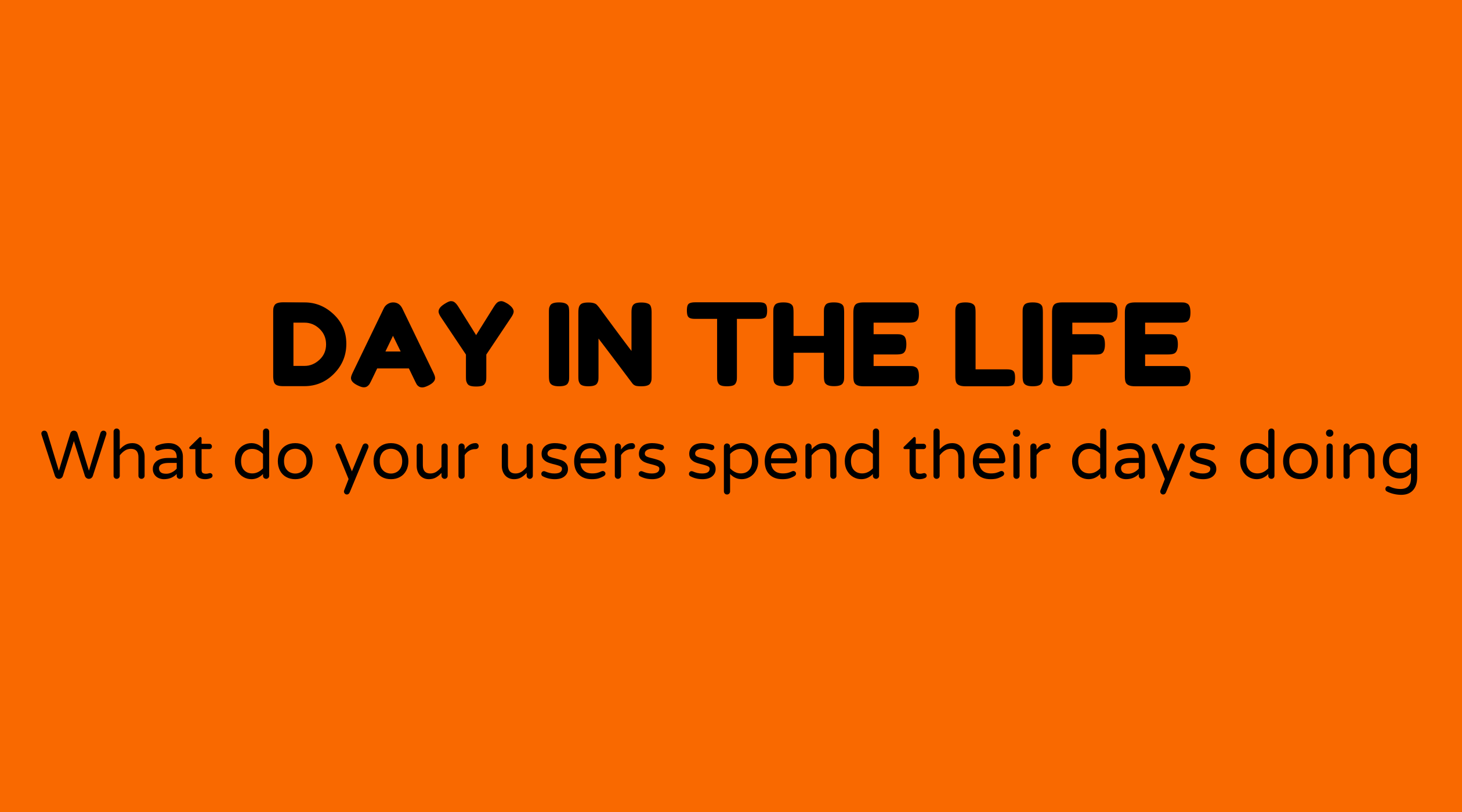Day in the life

Overview of a Day in the Life
Imagine stepping into someone else's shoes for a day—glimpse their routines, challenges, and achievements. When we examine a day in the life, we gain just that. It offers a glimpse into various roles and lifestyles, providing unique insights into personal and professional landscapes. But why is this concept so engaging? And how can you adopt this idea to enhance productivity or gain perspective?
Why a Day in the Life Matters
Experiencing a "day in the life" helps us empathize and understand different perspectives. Whether you're learning what it’s like to be an engineer, artist, or stay-at-home parent, these narratives deepen our understanding of others' experiences. This empathy encourages teamwork and creativity—two important components in any effective workplace. A broader knowledge of diverse roles also assists in making informed career decisions or simply navigating social complexities with greater ease.
What is a Day in the Life?
A "day in the life" is a detailed account or narrative of what occurs within a typical day for an individual or group carrying out a specific role or task. It captures their actions, thoughts, and emotions from start to finish. These stories are often utilized in content marketing to humanize a brand or in educational settings to provide real-world insights. They can take various forms like written articles, videos, or podcasts, appealing to different audiences.
How Do You Create a Day in the Life Narrative
Crafting a day in the life story involves more than simply listing daily activities. Here’s how to develop a compelling narrative:
1. Choose a Subject:
Start with a role or lifestyle that is fascinating or relevant to your audience.
2. Conduct Interviews or Observations:
Gather first-hand accounts or observe your subjects to understand their daily routines.
3. Note Key Activities:
Identify what their day consistently involves—these elements form the foundation of your narrative.
4. Add Personal Insights:
Incorporate the subject's thoughts, challenges, and triumphs. This personal touch enhances relatability.
5. Use Various Content Formats:
Depending on your audience, decide whether your story will be a written piece, video, or a combination.
Sample Agenda of a Day in the Life Workshop
Workshops focused on a day in the life provide a structured setting to explore these narratives. Here’s a sample agenda to illustrate this idea:
| Time | Activity |
|---|---|
| 9:00 - 9:30 | Introduction to Concepts |
| 9:30 - 10:00 | Choose Subjects and Group Formation |
| 10:00 - 11:00 | Observational Techniques |
| 11:00 - 12:00 | Interview Skills |
| 12:00 - 1:00 | Lunch Break |
| 1:00 - 2:00 | Narrative Building |
| 2:00 - 3:00 | Interactive Session: Share Experiences |
| 3:00 - 4:00 | Developing Storyboards or Scripts |
| 4:00 - 4:30 | Closing Remarks and Feedback |
Examples of a Day in the Life
-
Corporate Executive: Begins with a 5 a.m. workout, followed by a series of meetings, a working lunch, strategy sessions with various teams, and often concludes with evening networking events.
-
Freelance Writer: Their day likely starts with coffee (a lot of it!), idea brainstorming, writing drafts, revising articles, client calls, and juggling assignments. Some days might conclude with a reading session for inspiration.
-
Teacher: Early mornings in the classroom prepping lessons, interacting with students through lively teaching sessions, after-school grading, parent-teacher meetings, and professional development activities.
-
Nurse: Shifts that can begin at any hour, filled with patient care, administering treatments, coordinating with doctors, ensuring patient comfort, and managing extensive paperwork.
FAQs
What is the purpose of "a day in the life" story?
It illuminates daily activities, challenges, and highlights of a particular role or lifestyle, fostering understanding and empathy.
How can businesses use "a day in the life" stories?
Businesses can employ them in content marketing strategies to humanize their brand and create relatable content for their audiences.
Is "a day in the life" format effective in education?
Yes, it provides practical insights into various professions, helping students make informed career choices.
What elements make a great "day in the life" narrative?
Authenticity, detailed observations, personal insights from the subject, and a structured storyline.
Where can I find "a day in the life" content?
YouTube channels, company blogs, and podcasts are excellent resources for exploring these narratives. YouTube example link
How long should a typical "day in the life" article or video be?
Aim for concise yet comprehensive content—around 750-2000 words for articles or 10-20 minutes for videos.
By understanding and examining a day in the life, we connect more deeply with varied experiences and perhaps even find inspiration for our own paths. To learn more, check out resources on LinkedIn for professional perspectives or YouTube for engaging videos. For deeper insights about the impact of understanding diverse roles, explore guides on Harvard Business Review and other informative blogs.



